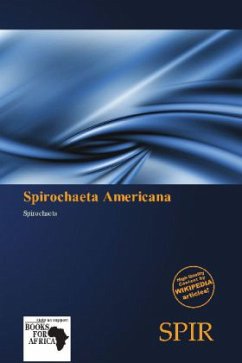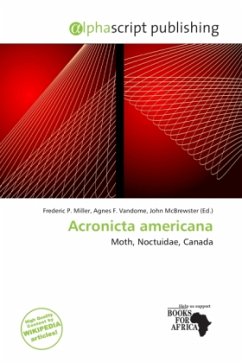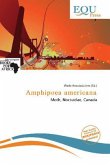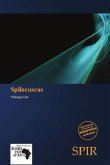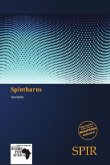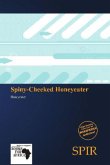Spirochaeta americana is a relatively newly-discovered single-celled extremophile. This haloalkaliphilic and obligately anaerobic bacteria can be found in the bleach-like highly alkaline, salty, deep waters of California's Mono Lake. Like all Spirochaeta, S. americana has long helically-coiled cells, is gram-negative, and is chemotrophic in its metabolism. Spirochaeta also have unique flagella, sometimes called axial filaments, which run lengthwise between the cell membrane and outer membrane. These cause a twisting motion which allows the spirochaete to move about. Despite the extreme environment that they require, "their cell walls are very delicate, and it is difficult to keep them alive for long periods in the laboratory," says Dr. Elena Pikuta, one of the discoverers of S. americana.
Bitte wählen Sie Ihr Anliegen aus.
Rechnungen
Retourenschein anfordern
Bestellstatus
Storno

